Banh Mi Bonanza: Exploring the Spicy, Savory Secrets of Vietnam’s Most Famous Sandwich
Table of Contents
- The Global Appeal of Bun Mi Sandwiches
- Spice in Every Layer: What Makes Banh Mi Special?
- Banh Mi Around the World: A Flavor Comparison
- Buying Guide: Choosing the Perfect Ingredients
- How to Make Your Own Bun Mi at Home
- Spice It Up: Sides & Drinks to Pair with Banh Mi
- Conclusion: Why Banh Mi Deserves a Spot on Every Spice Lover’s Plate
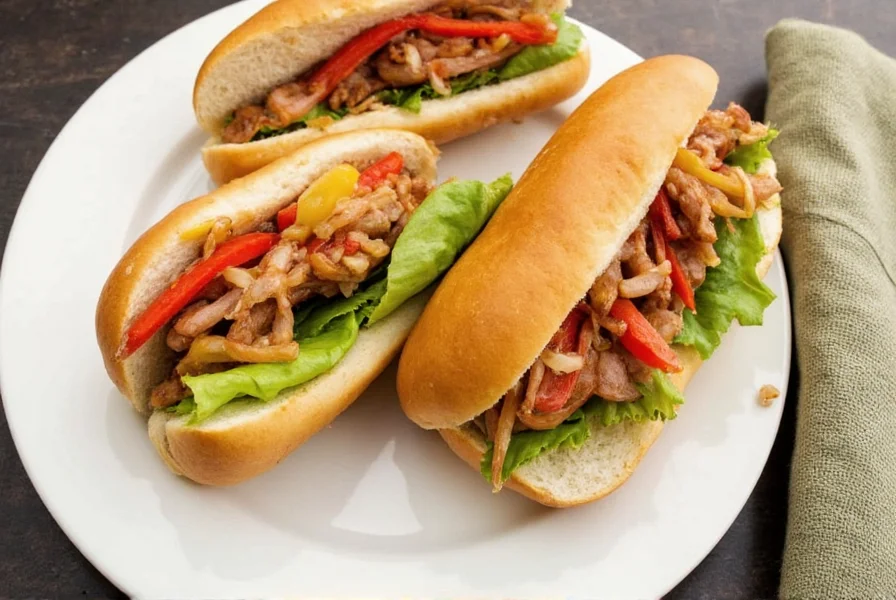
The Global Appeal of Bun Mi Sandwiches
If you haven’t yet fallen head over heels for the bun mi sandwich, it’s time to grab one and get ready to be amazed. This Vietnamese street food gem has taken the culinary world by storm, popping up in trendy food trucks, upscale restaurants, and cozy corner delis across continents.
But what makes the bun mi so special? The answer lies in its balance of textures, flavors, and—of course—its use of spices that bring everything together. From tangy pickled vegetables to fiery chili sauce and fragrant herbs, every bite tells a story rooted in Southeast Asian spice traditions while embracing global influences.
In this article, we’ll take a deep dive into the history, evolution, and spiced-up soul of the bun mi sandwich. Whether you're a seasoned chef or a curious home cook, you'll come away with a newfound appreciation—and a few handy tips—for crafting the perfect bun mi.
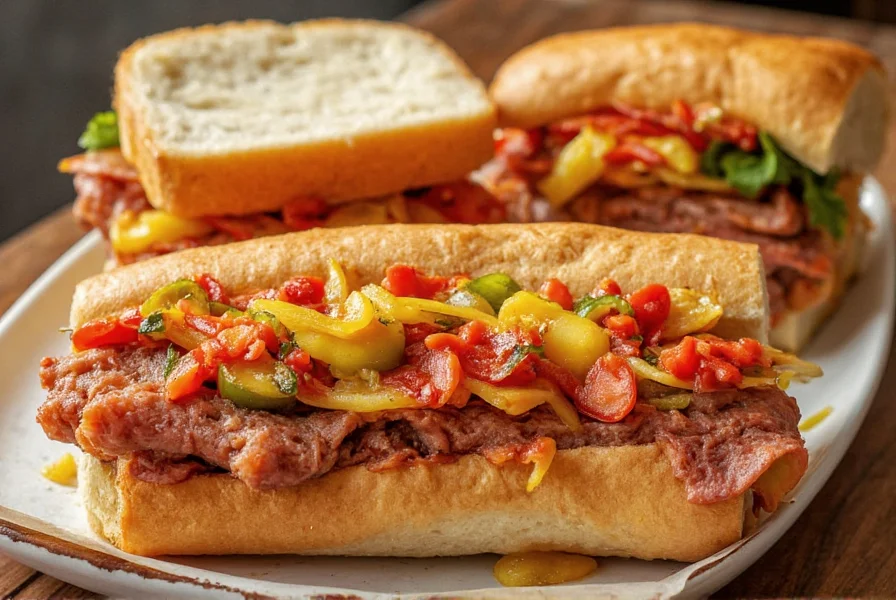
Spice in Every Layer: What Makes Banh Mi Special?
The magic of a great bun mi lies not in any single ingredient but in the harmony between them. Let’s break down the typical components and explore where the spice comes into play:
- Bread (Baguette): Light, crispy crust with a soft interior, often adapted from French baking techniques introduced during colonial times.
- Spread: Typically includes mayonnaise mixed with hot sauce or chili paste for that zesty kick.
- Meat Proteins: Options range from traditional pâté and grilled pork to modern vegan alternatives like tofu or mushrooms.
- Pickled Vegetables: Carrots, daikon radish, and cucumbers are marinated in vinegar, sugar, and sometimes red pepper flakes or chili seeds for subtle heat.
- Fresh Herbs: Cilantro, mint, and Thai basil add freshness and aromatic complexity.
- Chili Sauce or Sriracha: For those who love an extra punch, this is the ultimate game-changer.
What’s fascinating about the bun mi is how it uses both implied and direct spice elements. While the chili sauce delivers a bold, immediate fire, the pickled veggies offer a slow-burning, tangy warmth that lingers.

Banh Mi Around the World: A Flavor Comparison
As the bun mi traveled beyond Vietnam, it picked up new regional spices and interpretations. Here’s a fun comparison chart showing how different countries have reimagined the classic bun mi experience:
| Region | Signature Twist | Key Spice Additions | Popular Variations |
|---|---|---|---|
| Vietnam (Original) | Classic combo of pâté, meat, and pickles | Black pepper, chili sauce, pickled chili | Pork belly, chicken liver pâté, lemongrass beef |
| United States | Larger portions, fusion proteins | Sriracha mayo, jalapeño slices, ghost pepper relish | Cajun shrimp, Philly cheesesteak-style, Korean BBQ |
| France | Artisanal breads and gourmet fillings | Dijon mustard infusion, white pepper | Rabbit confit, truffle butter, goat cheese |
| Thailand | Extra sour and spicy notes | Lime juice, bird’s eye chilies, kaffir lime leaves | Pad Thai filling, green curry tofu, lemongrass chicken |
| Mexico | Taco-meets-sandwich hybrid | Jalapeños, chipotle mayo, adobo seasoning | Barbacoa beef, chorizo, roasted poblano peppers |
This table shows how each region brings its own spice culture to the bun mi, transforming it into a truly global comfort food. Want a smoky twist? Try the Mexican version. Looking for a refined flavor? Go for the French iteration.
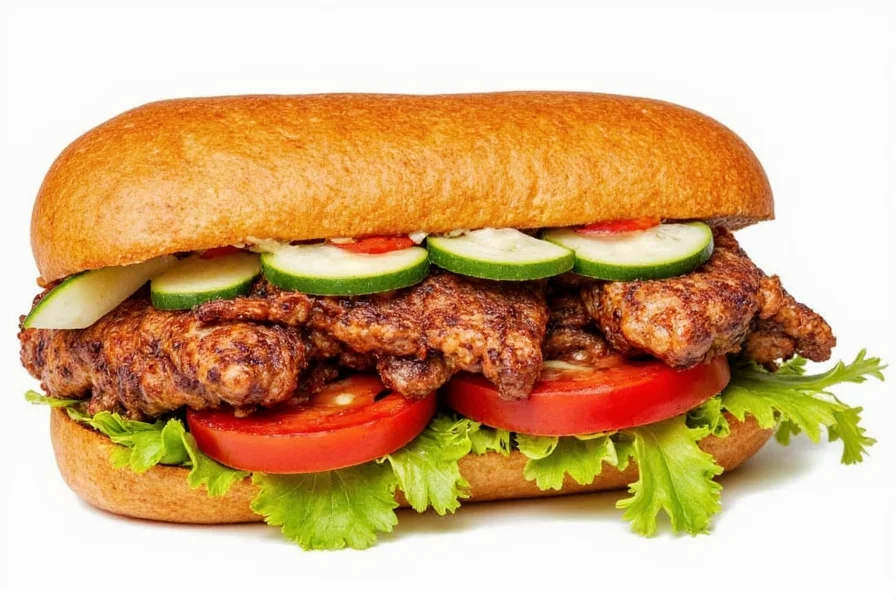
Buying Guide: Choosing the Perfect Ingredients
Whether you’re making your own bun mi or picking one up from a local vendor, choosing high-quality ingredients can make all the difference. Below is a guide to help you find the best products for building or selecting the perfect sandwich:
| Ingredient | Best Choice | Features | Target Audience | Use Case |
|---|---|---|---|---|
| Bread | Fresh baked baguette (crusty outside, airy inside) | Light texture, slight sweetness, crisp crust | Foodies, bakers, health-conscious eaters | Traditional and gourmet bun mi styles |
| Pâté | Duck or chicken liver pâté (soft, creamy texture) | Rich, savory, slightly salty | Gourmet lovers, traditionalists | Classic Vietnamese bun mi |
| Proteins | Grilled lemongrass pork chops or tofu patties | Aromatic, tender, mildly spicy | Meat-eaters and vegans alike | Customizable fillings |
| Chili Sauce | Homemade sriracha mayo or store-bought chili-garlic paste | Spicy, garlicky, slightly sweet | Heat lovers, adventurous eaters | Adding fire to every bite |
| Pickled Veggies | Homemade carrot and daikon mix with chili flakes | Tangy, crunchy, subtly spicy | Health-conscious, DIY chefs | Adding acidity and texture |
| Fresh Herbs | Cilantro, Thai basil, and mint leaves | Aromatic, refreshing, peppery | Foodies, herbal enthusiasts | Enhancing fragrance and flavor |
Pro tip: Always look for freshly made bread if possible—it gives the best crunch-to-softness ratio. And don’t be afraid to ask vendors if they can customize the level of spice!
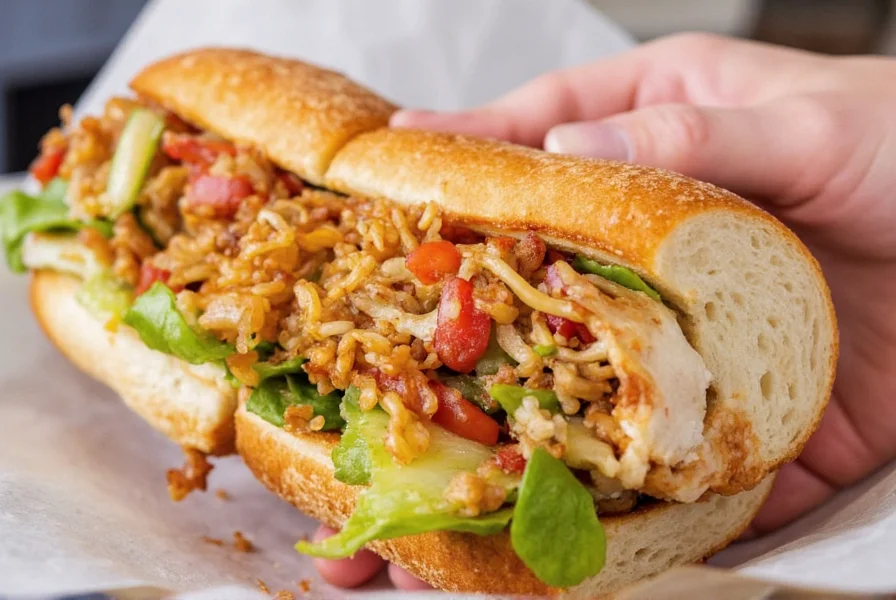
How to Make Your Own Bun Mi at Home
Ready to roll up your sleeves and create your very own bun mi masterpiece? Here’s a simple step-by-step recipe that highlights the spice-forward layers:
- Prepare the bread: Slice a fresh baguette lengthwise without cutting through the bottom. Toast lightly for added crunch.
- Spread the base: Mix mayonnaise with a dash of chili-garlic sauce and slather it generously on both sides.
- Add the pâté: Spread a thin layer of duck or chicken liver pâté on one half for a rich umami boost.
- Layer the protein: Choose your favorite—grilled pork, fried tofu, or even pulled jackfruit. Keep it warm and juicy.
- Top with pickled veggies: Load on the carrots, daikon, and cucumbers for tangy, crunchy contrast.
- Sprinkle fresh herbs: Toss in some cilantro, Thai basil, and mint for a vibrant finish.
- Finish with optional heat: Add sliced jalapeños, more chili sauce, or a drizzle of Sriracha for extra kick.
Voilà! You’ve just created a mini explosion of textures and flavors that’s equal parts crunchy, creamy, spicy, and fresh. Pro tip: Use a bamboo skewer to hold everything together when biting into it!
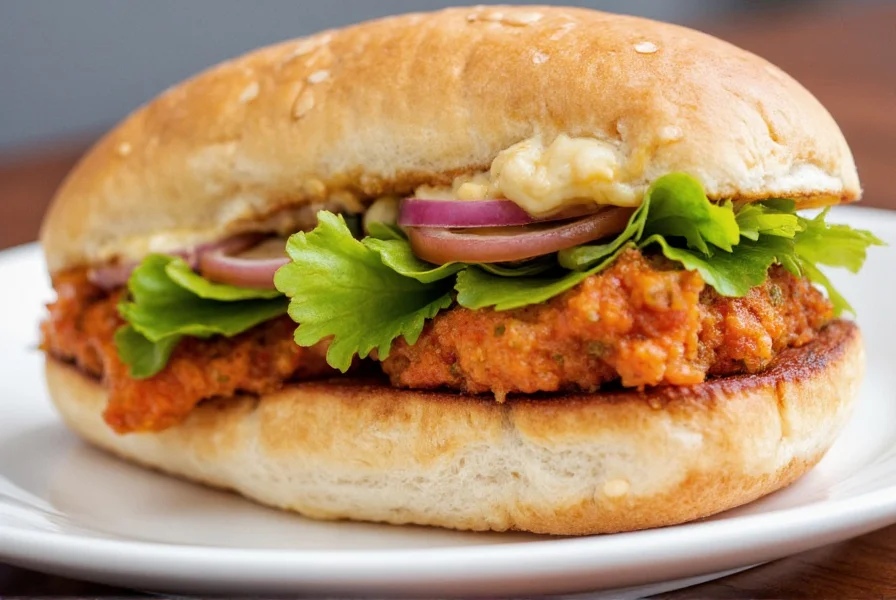
Spice It Up: Sides & Drinks to Pair with Banh Mi
To fully appreciate the complex flavors of a bun mi, consider pairing it with complementary drinks and side dishes that enhance its spicy character:
- Drinks:
- Iced Vietnamese coffee – robust and sweet, balancing out the heat
- Lemonade with chili salt rim – adds citrusy brightness and a tingle
- Cold barley tea – smooth and slightly earthy, soothing after a spicy bite
- Soda with a splash of tamarind syrup – sweet, tart, and refreshing
- Sides:
- Edamame with chili-lime seasoning – crunchy and satisfying
- Spring rolls with peanut dipping sauce – cool and creamy against spice
- Pickled mango strips – for a sour-spicy palate cleanser
- Crispy taro chips – light and addictive, perfect for sopping up sauces
These combinations elevate the bun mi from a quick snack to a full sensory experience, especially when shared with friends or enjoyed at a picnic spot under the sun.
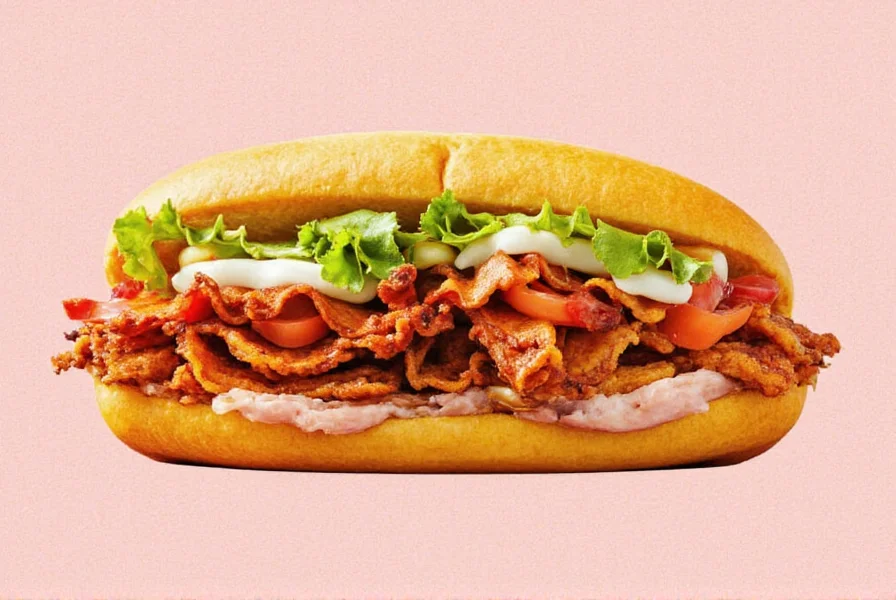
Conclusion: Why Banh Mi Deserves a Spot on Every Spice Lover’s Plate
The bun mi isn’t just a sandwich—it’s a celebration of spice, culture, and innovation. Whether eaten on a bustling street corner in Hanoi or recreated in your own kitchen, it offers a perfect symphony of textures and flavors that keep us coming back for more.
From its humble origins to its global fame, the bun mi teaches us that food is a universal language—one that speaks loudly and boldly through spice. Whether you prefer a gentle kick or a full-on chili explosion, there’s a bun mi for everyone.
So next time you see that golden, crispy baguette filled with color and life, go ahead—take a bite. Let the bun mi transport you to the heart of Vietnam, then whisk you off on a world tour of spice-infused creativity.
And remember: the best bun mi is the one that tastes like it was made just for you.
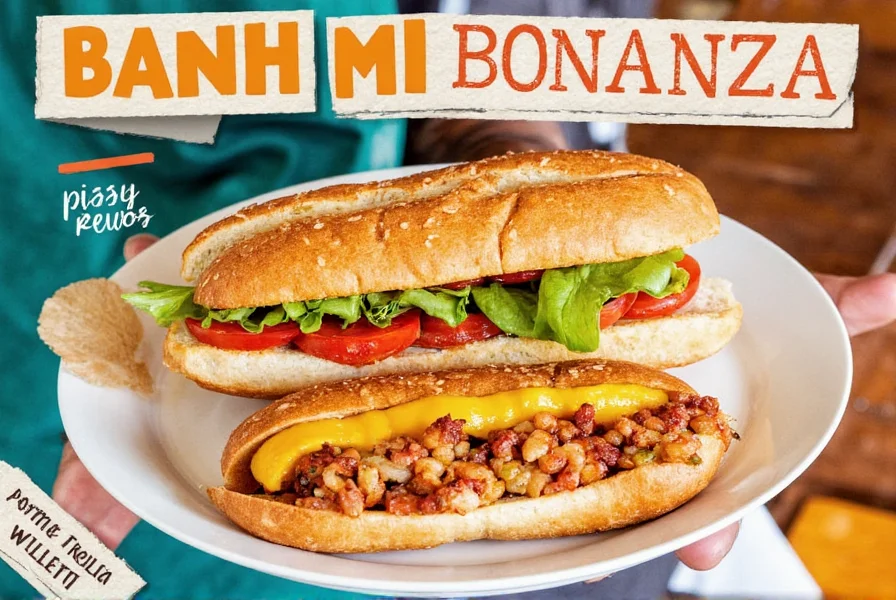

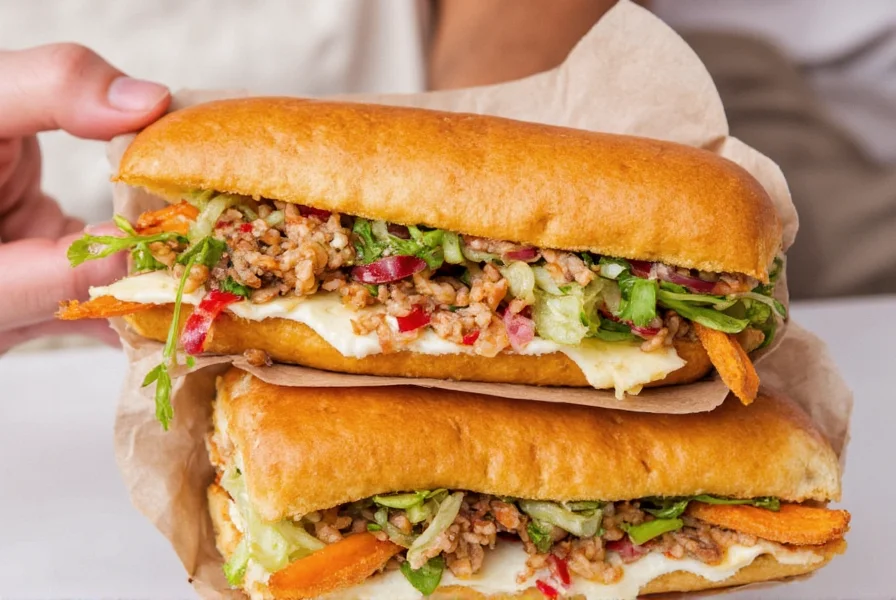









 浙公网安备
33010002000092号
浙公网安备
33010002000092号 浙B2-20120091-4
浙B2-20120091-4